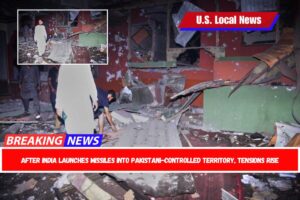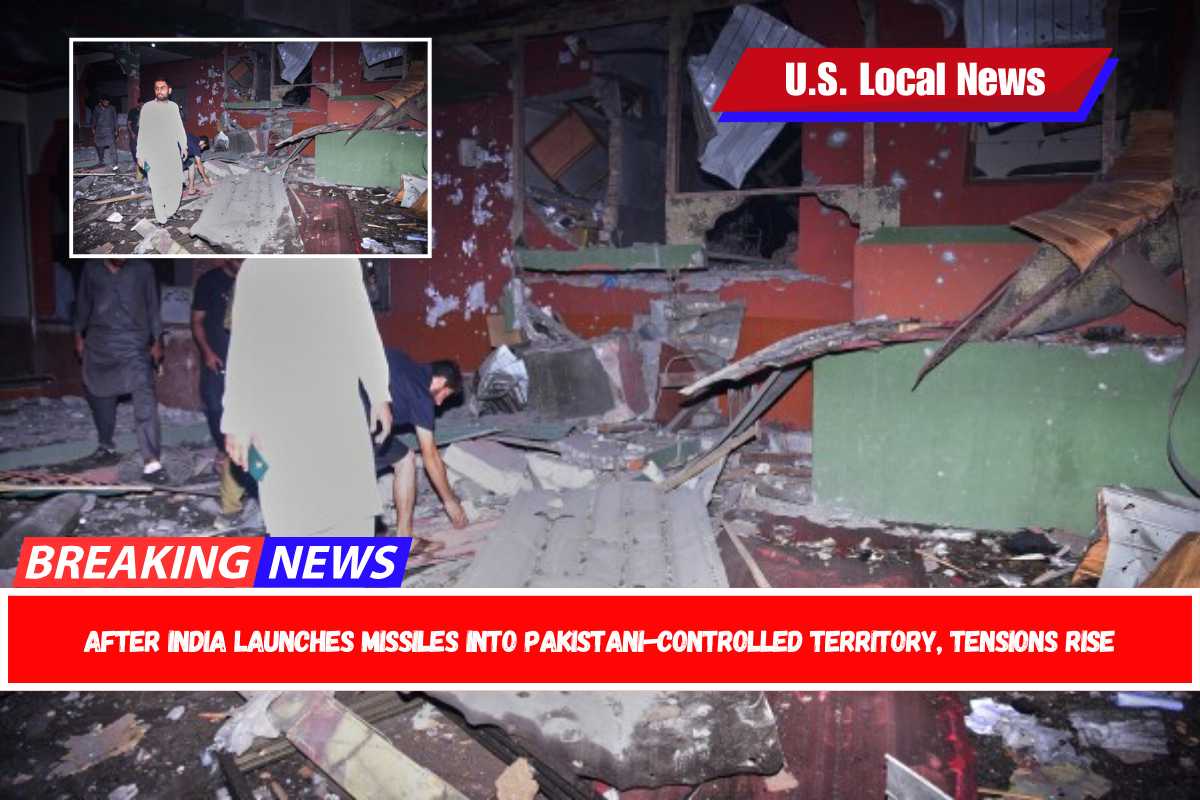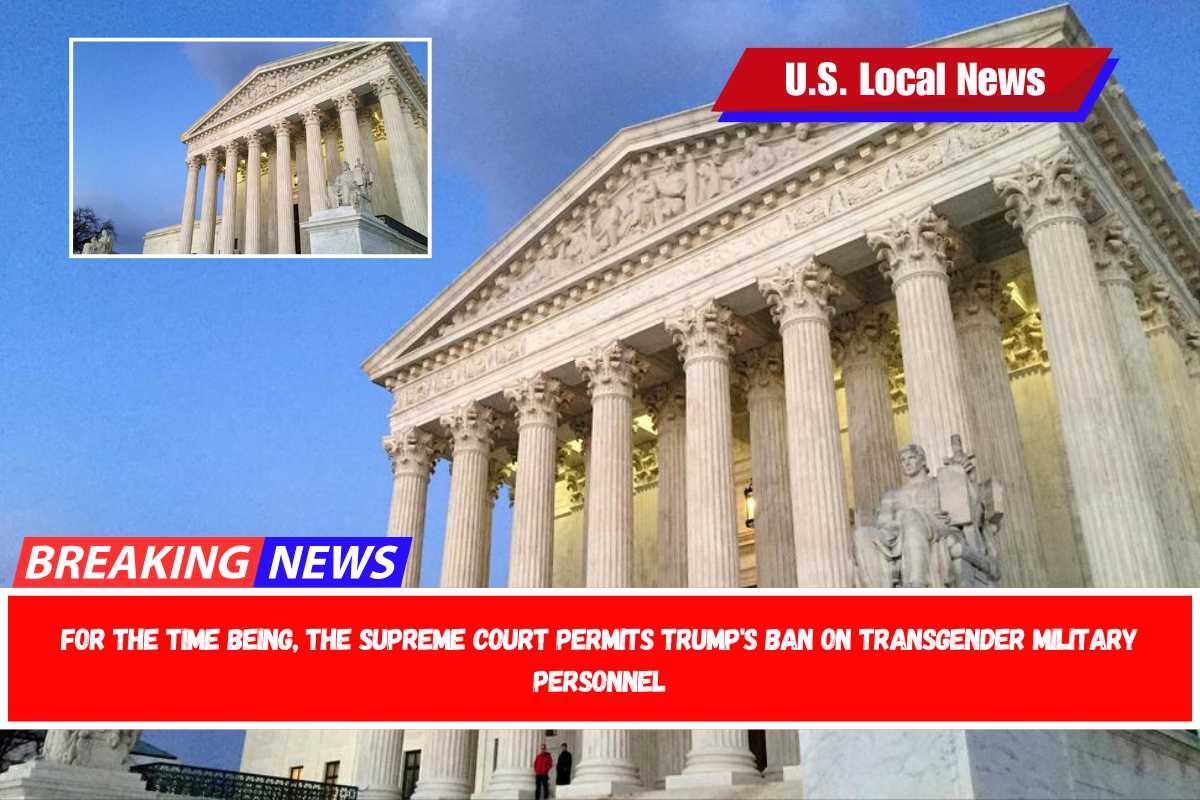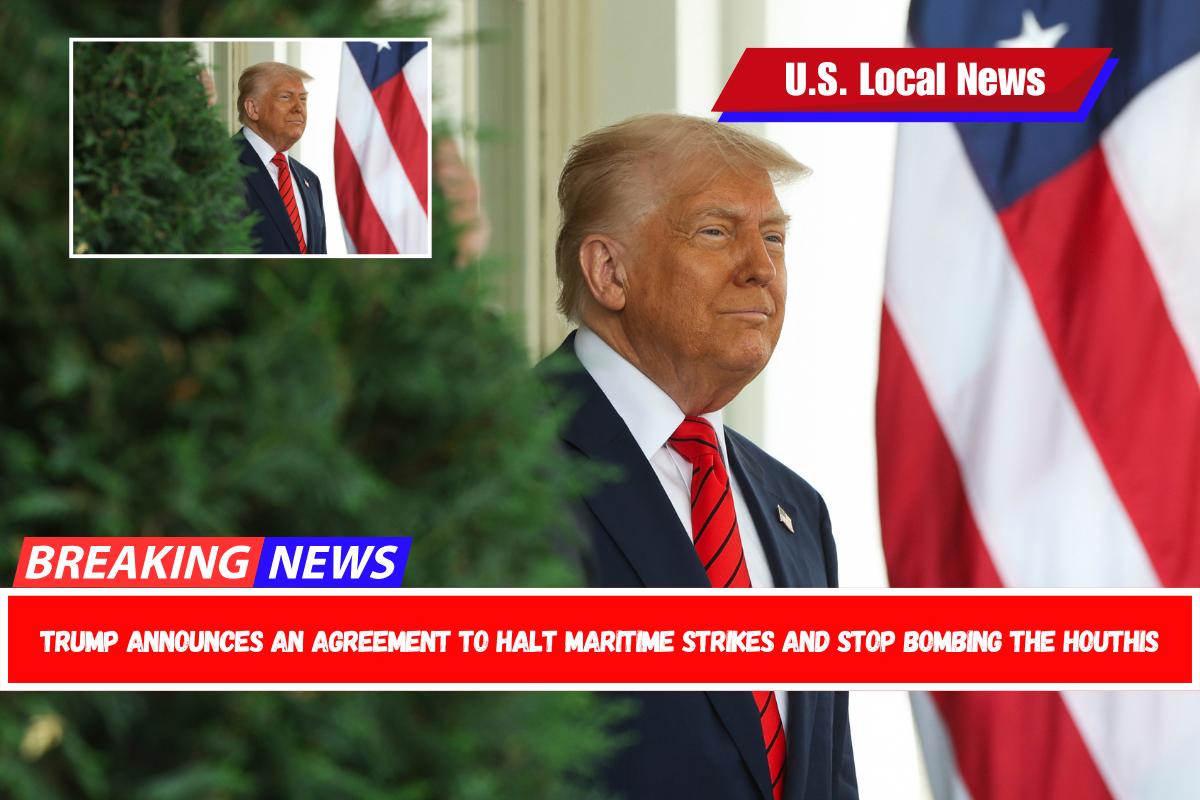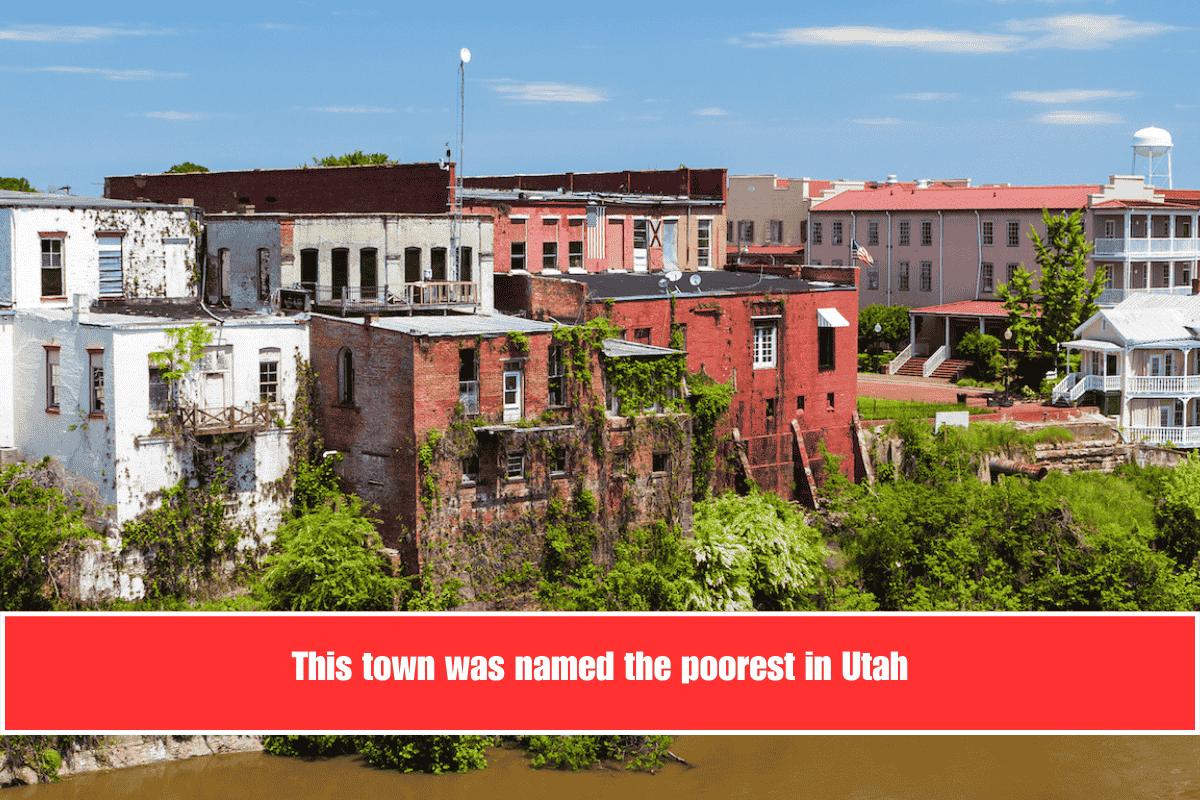Israeli fighter jets unleashed heavy airstrikes in Yemen, “disabled” the country’s international airport in Sanaa, the capital.
According to reports, the strikes targeted three commercial flights, the departure hall, the airport runway, and a military air base controlled by the Houthis.
It came after Israel launched airstrikes in response to the previous day’s Houthi missile strike on Israel’s international airport.
Israel committed to reply to the devastating hit on Ben Gurion Airport, with Defense Minister Israel Katz warning, “Whoever harms us, we will strike them sevenfold.”
According to the Israeli military, the country’s international airport in Sanaa has been “fully” incapacitated.
During his meeting with Canadian Prime Minister Mark Carney on Tuesday, Donald Trump stated that the Houthis had agreed to stop bombing Red Sea ships, but provided no further details.
The strikes were reported by the Houthis’ satellite news program, al-Masirah, which confirmed the airport was hit.
Israeli television footage showed enormous black plumes of smoke rising above Sanaa’s cityscape.
A social media video appeared to show multiple strikes around Sanaa, with black smoke billowing and the thumps of the detonation echoing against the neighboring mountains.
The IDF issued a social media warning for citizens to evacuate the area surrounding Yemen’s international airport.
Spokesperson Avichay Adraee wrote: “We encourage you to quickly evacuate the airport area and warn anyone close to leave immediately.
“Failure to evacuate the area endangers your lives.”
Following a rebel missile strike, Israeli fighter jets attacked Sanaa airport and power plants, prompting the Houthis to counterattack.
According to the Houthi political office, the Israeli “aggression will not pass without a response, and Yemen will not be discouraged from its stance in support of Gaza”.
On Monday night, Israel bombed the Iranian-backed Houthi rebels in Yemen’s Red Sea province of Hodeida, killing at least one and injuring 35.
According to the rebels’ propaganda office, at least six strikes damaged the important Hodeida port.
Others targeted a cement mill in the Bajil region, 34 miles northeast of Hodeida, according to the Iran-backed proxy terror group.
The Houthi-run Health Ministry reported that the strikes killed at least four persons and injured 39 others.
The Houthis launched a missile on Sunday, striking an access road near Israel’s main airport in Tel Aviv, temporarily halting flights and passenger traffic.
The missile attack left four persons injured.
A terrifying video shows the ballistic missile soaring through the sky before exploding as it impacted the ground.
The missile created a groove along an access road on the airport’s perimeter.
The Israeli Defense Forces reported that they made many attempts to intercept the missile but were unsuccessful.
Israel’s powerful Iron Dome intercepts enemy missiles before they reach their target.
Operators around the country work around the clock to defend against unrelenting strikes and the ongoing danger of bombardment from Gaza, Lebanon, and Iran.
An IDF commander in Israel’s south told The Sun last month that its success rate can reach 96%, making today’s failure a significant blow to Tel Aviv.
The strike represents a significant escalation between Israel and the Houthis in Yemen and Iran.
And National Unity leader Benny Gantz has now stated that the attack must be placed on Tehran.
The former defense minister remarked on X, “This is Iran, not Yemen. Iran is shooting ballistic missiles toward Israel, and it must take responsibility.
“The Israeli government must wake up.”
Throughout the fight, the Houthis have targeted Israel in sympathy with the Palestinians in Gaza.
They are now seen as the final member of Iran’s self-proclaimed Axis of Resistance capable of conducting regular strikes on Israel, following the IDF’s destruction of Hezbollah in Lebanon and crippling of Hamas in Gaza.
It comes as the UK and US forces launched a new strike on a Houthi target in Yemen earlier this week.
RAF Typhoon planes, supported by Voyager air-to-air refueling tankers, struck numerous drone manufacturing facilities 15 miles south of Sanaa.
Washington and London have been keeping a careful eye on the terrorist group since October 7, when they began attacking commercial ships in the Red Sea and Gulf of Aden.
Both Western governments responded with devastating strikes in an attempt to discourage Yemen-based terrorists.
But the combat in the Red Sea has continued, with President Donald Trump increasing US attacks in recent months.
Trump has initiated Operation Rough Rider against the Houthis, which has resulted in almost 800 strikes since mid-March.
The attacks have destroyed dozens of terror targets, senior commanders, and critical infrastructure.
American forces are based on two aircraft carriers in the region: the USS Harry S. Truman in the Red Sea and the USS Carl Vinson in the Arabian Sea.
Israel has regularly struck the rebels in Yemen.
It targeted Hodeida and its oil facilities in July, following a Houthi drone strike that killed one and injured ten in Tel Aviv.
In September, Israel struck Hodeida again, killing at least four people when a missile hit Ben Gurion International Airport.
The attack occurred as Prime Minister Benjamin Netanyahu was returning to the country.
In December, Israeli airstrikes killed at least nine individuals in Hodeida.
Who are the Houthis?
THE Houthi rebels have been terrorising the Red Sea for months, conducting repeated missile and drone strikes on vessels and warships – but who are they?
The Shia terrorist organization that now controls broad areas of Yemen was largely overlooked by the international community for more than a decade.
However, since the start of the Israel-Hamas conflict, they have risen from relative obscurity to holding about £1 trillion in global trade hostage, transforming one of the world’s busiest shipping channels into an active warzone.
Their distorted battle cry is “Death to America, Death to Israel, Curse the Jews, and Victory to Islam”.
Following the October 7 slaughter, the Houthis launched a barrage of drone and missile attacks against any ships, including warships, they believed to be linked to Israel, in solidarity with their ally Hamas.
In truth, they targeted commercial vessels with little or no connection to Israel, causing global maritime commerce to virtually cease operations in the region and skyrocketing shipping prices around the world.
The maritime assaults exacerbated the bloodshed in the Middle East tinderbox, as severe aftershocks from Israel’s war in Gaza were felt throughout the region, with Iran accused of fueling the fire.
The Houthi leaders pledged that their Red Sea attacks would continue until Israel ended its offensive in Gaza.
The group’s leaders have previously stated that their primary targets are Israel and its supporters the United States and Britain.
Despite repeated threats from the West and joint US-UK strikes on its strongholds in Yemen, Iran’s terror proxy looks unfazed.
The UK and US bombed Houthi bases as recently as this month, after the terror group targeted boats in the shipping corridor.
Israel has also targeted the organization with airstrikes, allegedly striking oil storage tanks at the port of Al Hudaydah.


